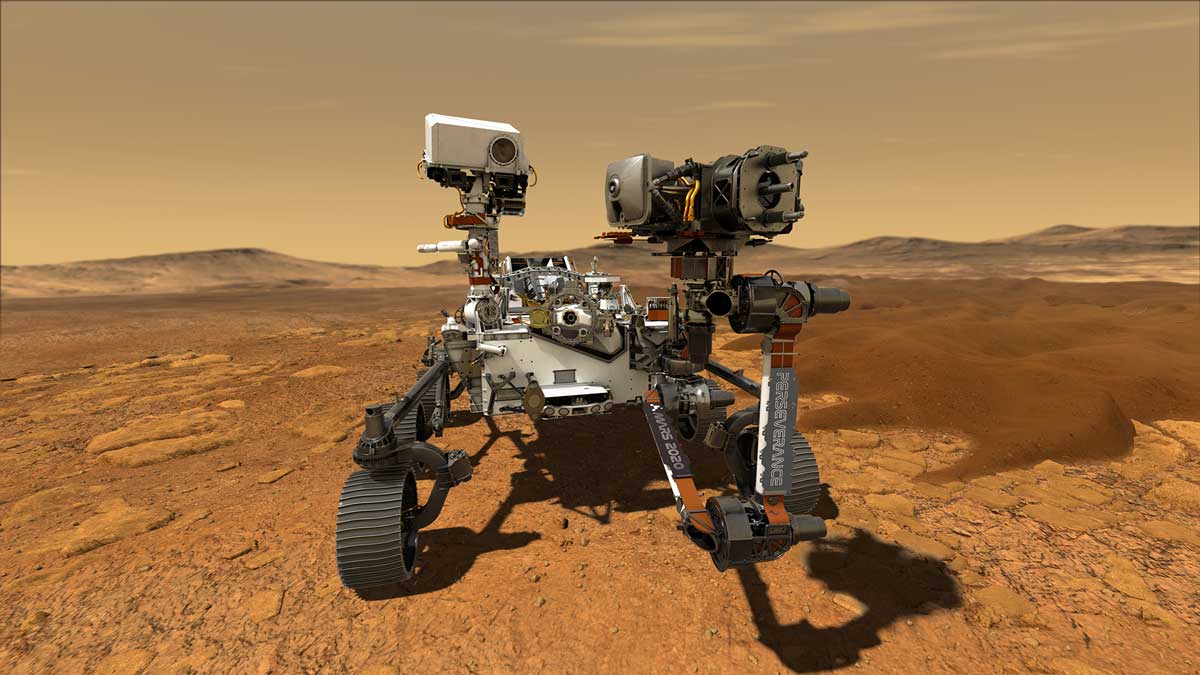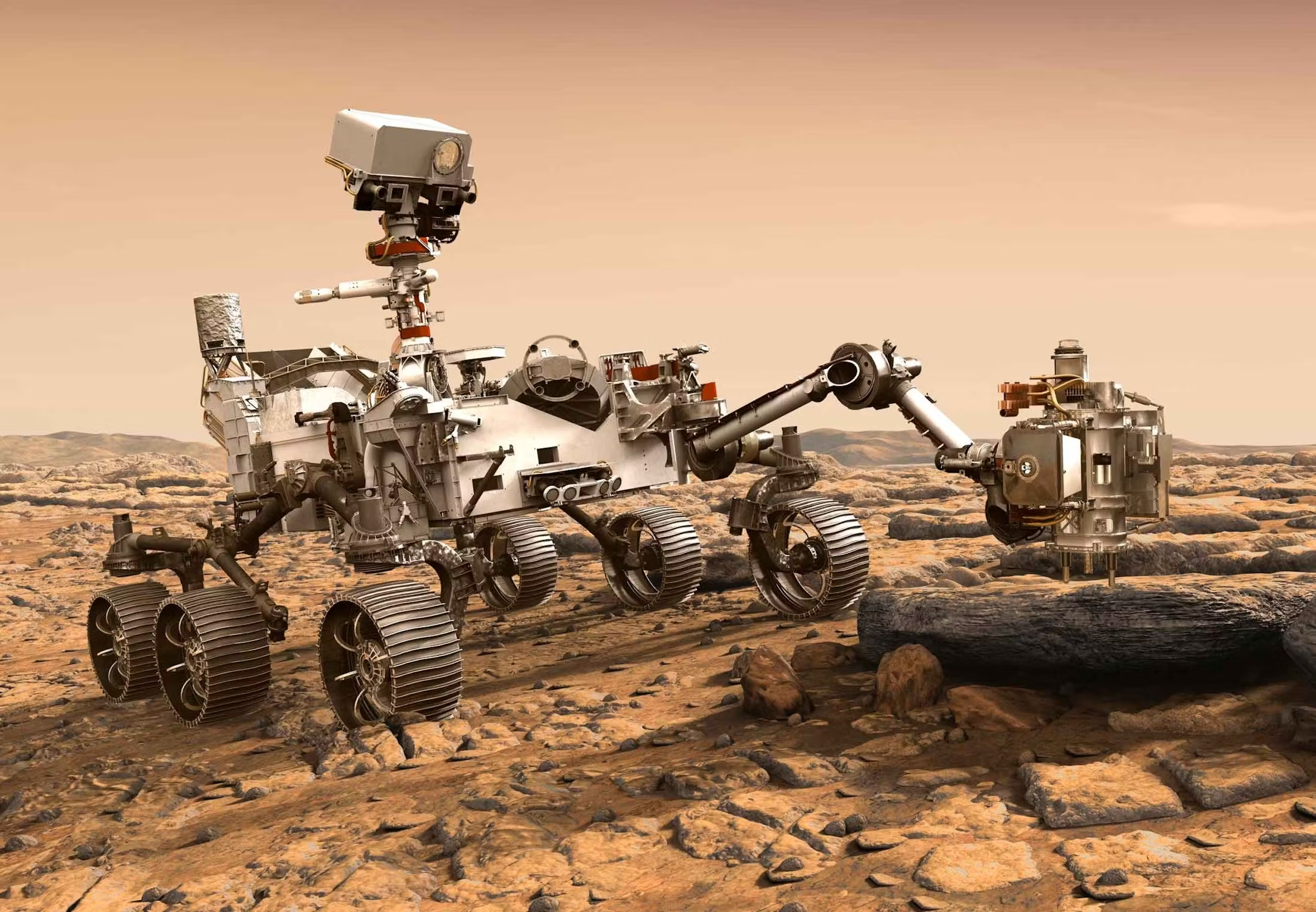Researchers help robots with efficient navigation

If a robot traveling to a destination has only two possible paths, it only needs to compare the routes in terms of travel time and success rate. However, if the robot moves through a complex, uncertain environment with many possible paths, choosing the best route can quickly become an intractable problem. Researchers from MIT have developed a method that can help a robot efficiently think about the best routes to its destination.
They have created an algorithm for building road maps in an uncertain environment that balances the quality of the road map with computational efficiency. This enables the robot to quickly find a passable route that minimizes travel time. The algorithm starts with paths that are safe to follow and automatically finds shortcuts for the robot to take to reduce overall travel time.

In simulation experiments, the researchers found that their algorithm can achieve a better balance between scheduling performance and efficiency compared to other methods. This algorithm has applications in areas such as exploration, perhaps helping a robot plan the best way to travel to the edge of a distant crater across the rugged surface of Mars.
It can also help a search-and-rescue drone find the fastest route to a person trapped on a remote mountainside. The researchers are optimistic about the potential of their work.
"If we have just a little bit of information about our environment, we can use it to build a high-quality road map," says Yasmin Veys, lead author of a paper on this technique. The article was written by Yasmin Veys and Martina Stadler Kurtz, graduate students in MIT's Department of Electrical and Computer Engineering and MIT's Department of Aeronautics and Astronautics, respectively, and Professor Nicholas Roy, an MIT professor and member of MIT's Computer Science and Artificial Intelligence Laboratory .
The research will be presented at the International Conference on Robotics and Automation. The researchers are also interested in investigating the difference between the constructed road maps and the real environments they represent.
Latest gadgets
-
19 Sepgadgets
-
23 Maygadgets
LaserPecker LP5 Laser Engraver
-
01 Maygadgets
Swytch launches Swytch Max+ Kit
-
10 Margadgets
DJI AIR 3S
-
03 Margadgets
Razer Wolverine V3 Pro
-
21 Febgadgets
OBSBOT Tiny 2 SE
-
13 Febgadgets
Corsair launches Platform:4
-
17 Jangadgets
Nerdytek Cycon3
Most read gadgets
Latest gadgets
-
19 Sepgadgets
DJI launches Mini 5 Pro
-
23 Maygadgets
LaserPecker LP5 Laser Engraver
-
01 Maygadgets
Swytch launches Swytch Max+ Kit
-
10 Margadgets
DJI AIR 3S
-
03 Margadgets
Razer Wolverine V3 Pro
-
21 Febgadgets
OBSBOT Tiny 2 SE
-
13 Febgadgets
Corsair launches Platform:4
-
17 Jangadgets
Nerdytek Cycon3






